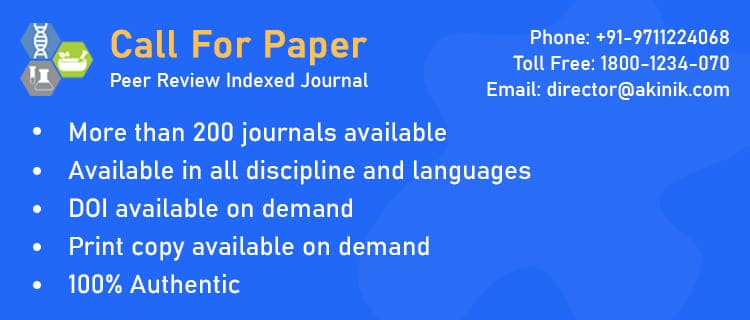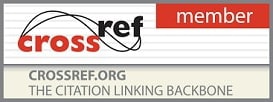- Printed Journal
- Indexed Journal
- Refereed Journal
- Peer Reviewed Journal

Peer Reviewed Journal
Journal of Pharmacognosy and Phytochemistry
Vol. 7, Issue 2 (2018)
Callus induction in Polygonatum verticillatum (L.) All.: An Astavarga medicinal herb
Author(s):
Tanuja Tiwari and Preeti Chaturvedi
Abstract:
Polygonatum verticillatum, a highly valued medicinal herb of temperate Himalaya is extensively used to cure various health troubles as cardiotonic, antiperiodic, demulcent, diuretic, energizer, aphrodisiac, sedative, hypoglycemic, antitumor, pain reliever, general tonic, nervine tonic etc. The present investigation deals with the establishment of callus culture from leaf and hypocotyls segments of in vitro raised seedlings of P. verticillatum. Hypocotyls showed better callogenic response as compared to leaf explants. Callus induction was achieved in 22.4±0.51 to 30.8±1.59 days and 27.8±1.28 to 37.4±0.81 days after inoculation using hypocotyls and leaf explants respectively. Among all tested treatments, MS+TDZ (1.0mg/L)+2,4-D(1.0mg/L) caused maximum per cent callus induction in both hypocotyl (70±5.00 %) and leaf explant (45±5.00%). Maximum 1.70±0.26 g fresh weight of callus was achieved from hypocotyls inoculated in TDZ (1.0mg/L)+2,4-D(1.0mg/L) fortified MS media. Thus, obtained callus can be used for further biochemical and biotechnological investigation with aim to enhance pharmaceutical potential of this highly valued Ayurvedic medicinal herb.
Pages: 2671-2674 | 3124 Views 1024 Downloads
How to cite this article:
Tanuja Tiwari and Preeti Chaturvedi. Callus induction in Polygonatum verticillatum (L.) All.: An Astavarga medicinal herb. J Pharmacogn Phytochem
2018;7(2):2671-2674.
Related Journal Subscription
Important Links
Important Sites
Copyright © 2012 - 2025. All Rights Reserved.









